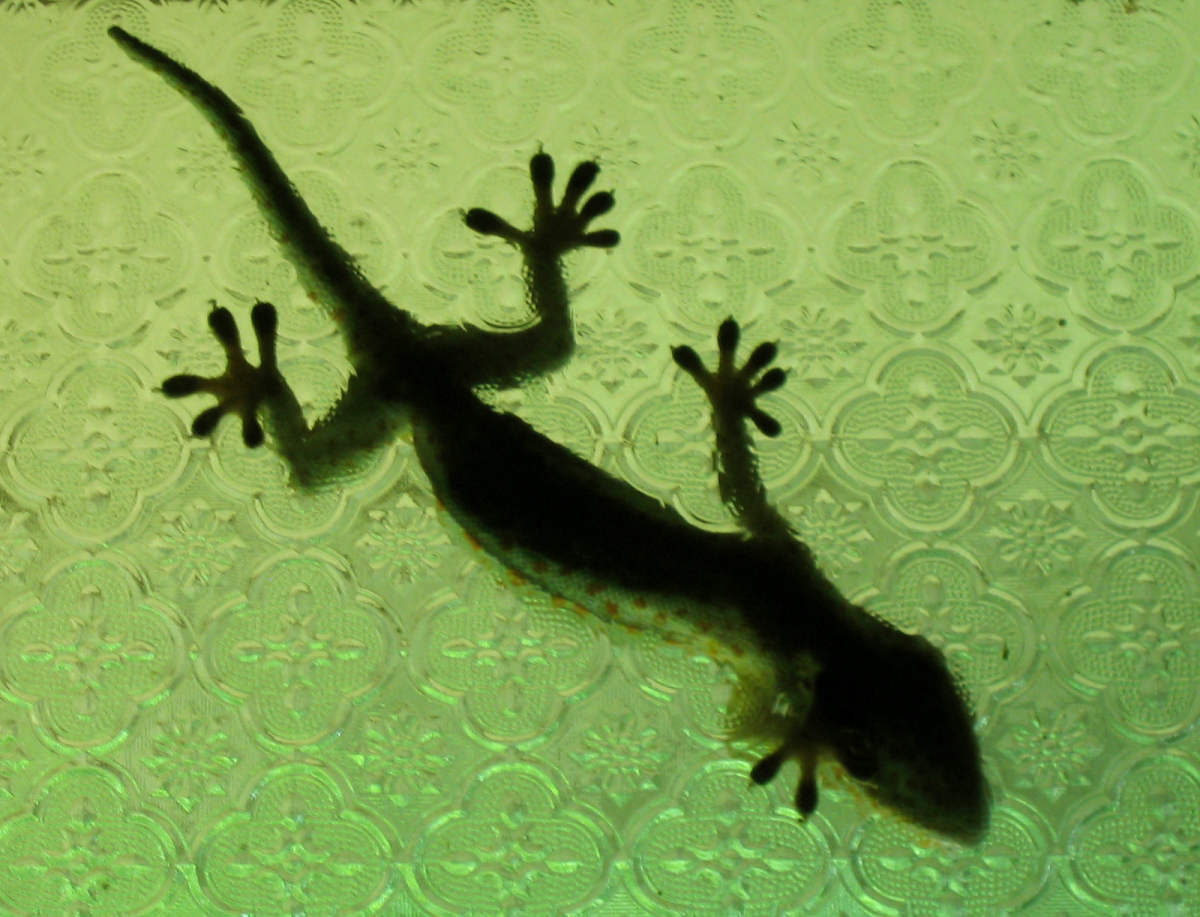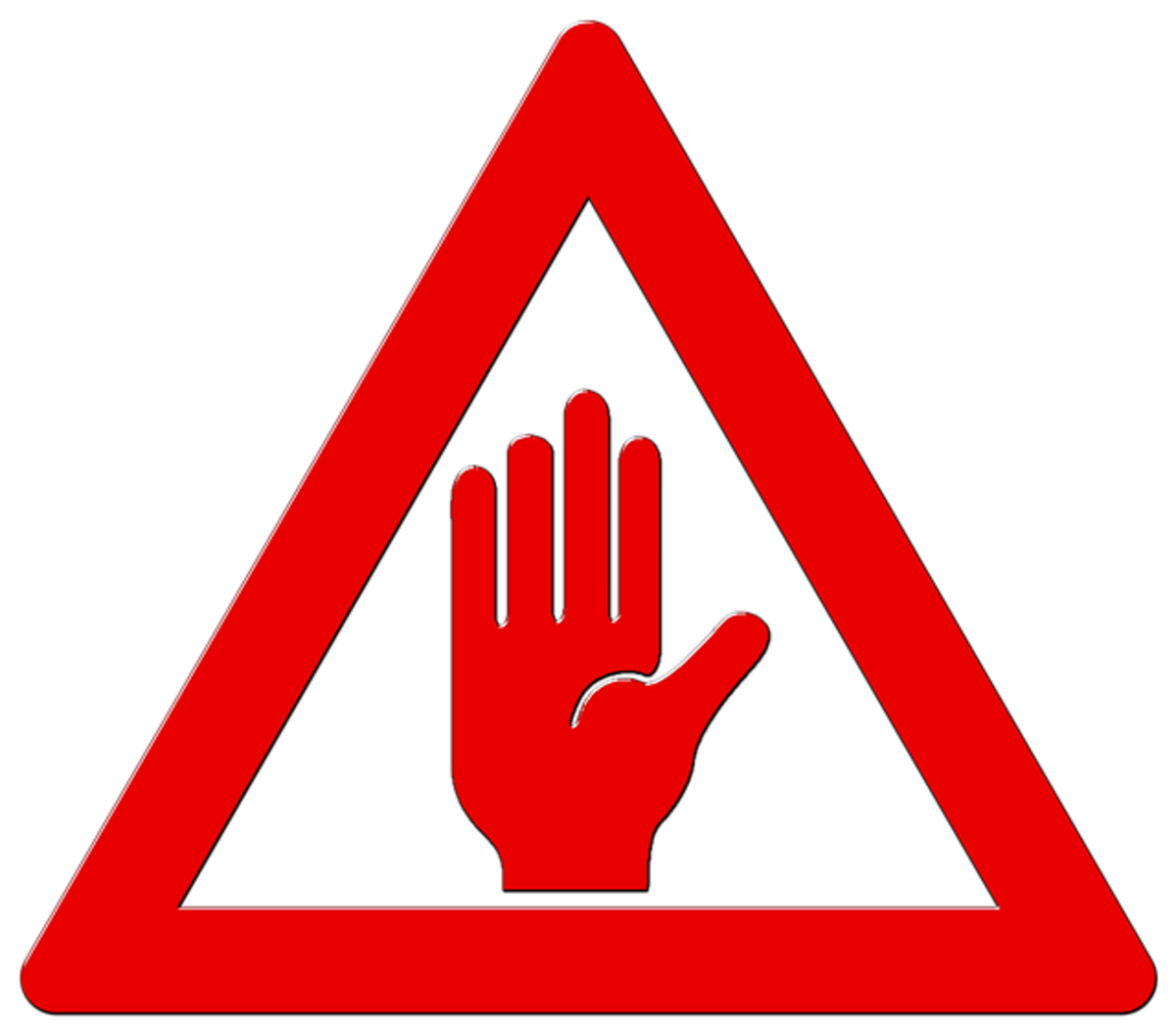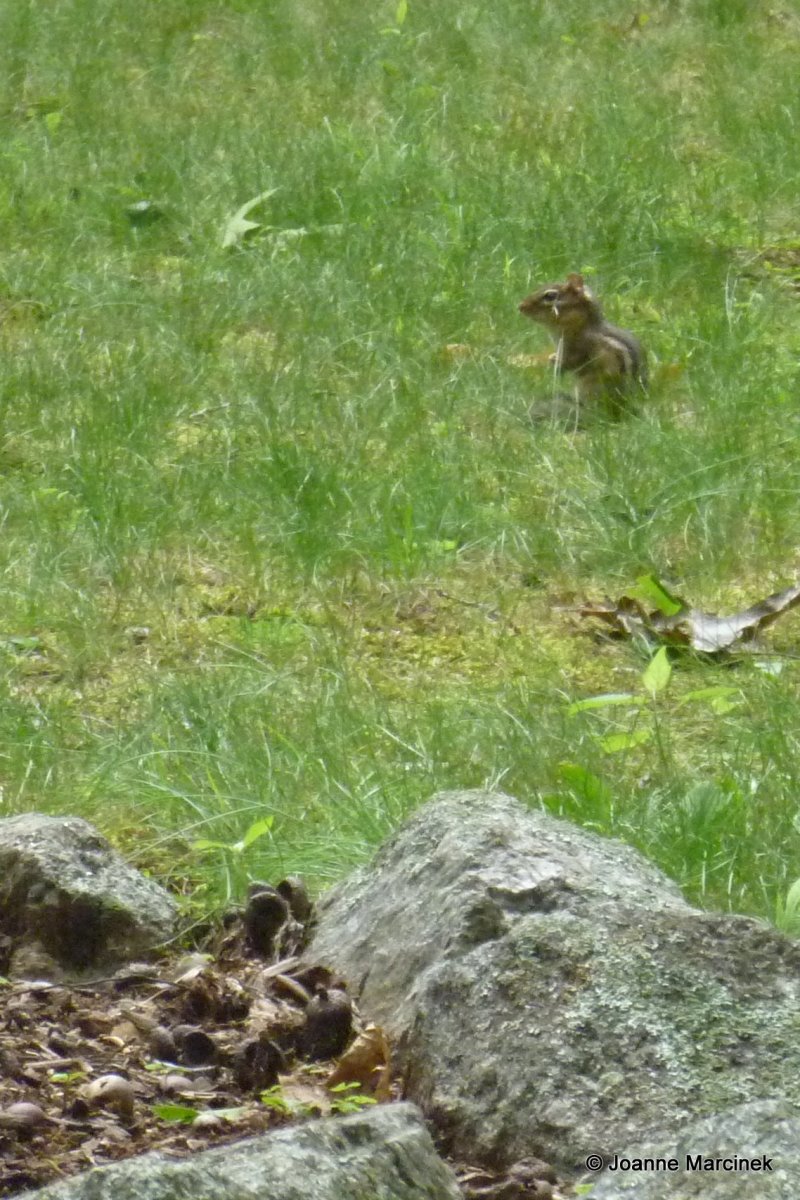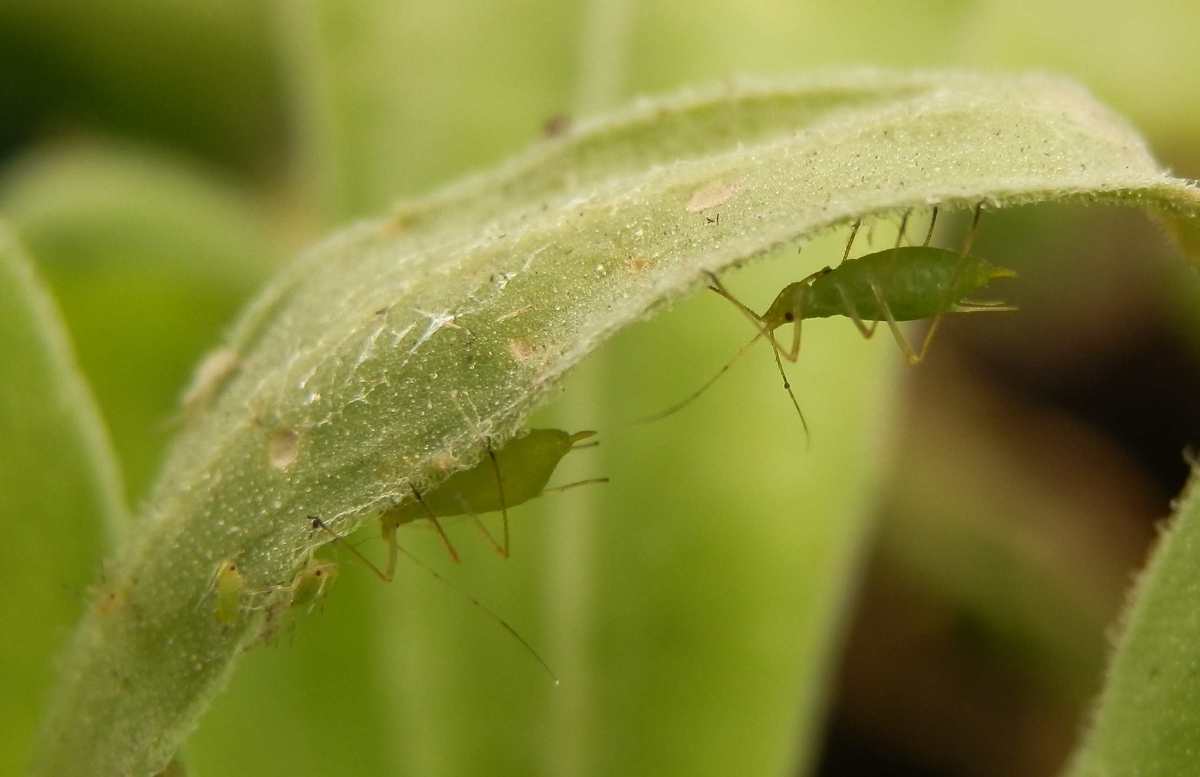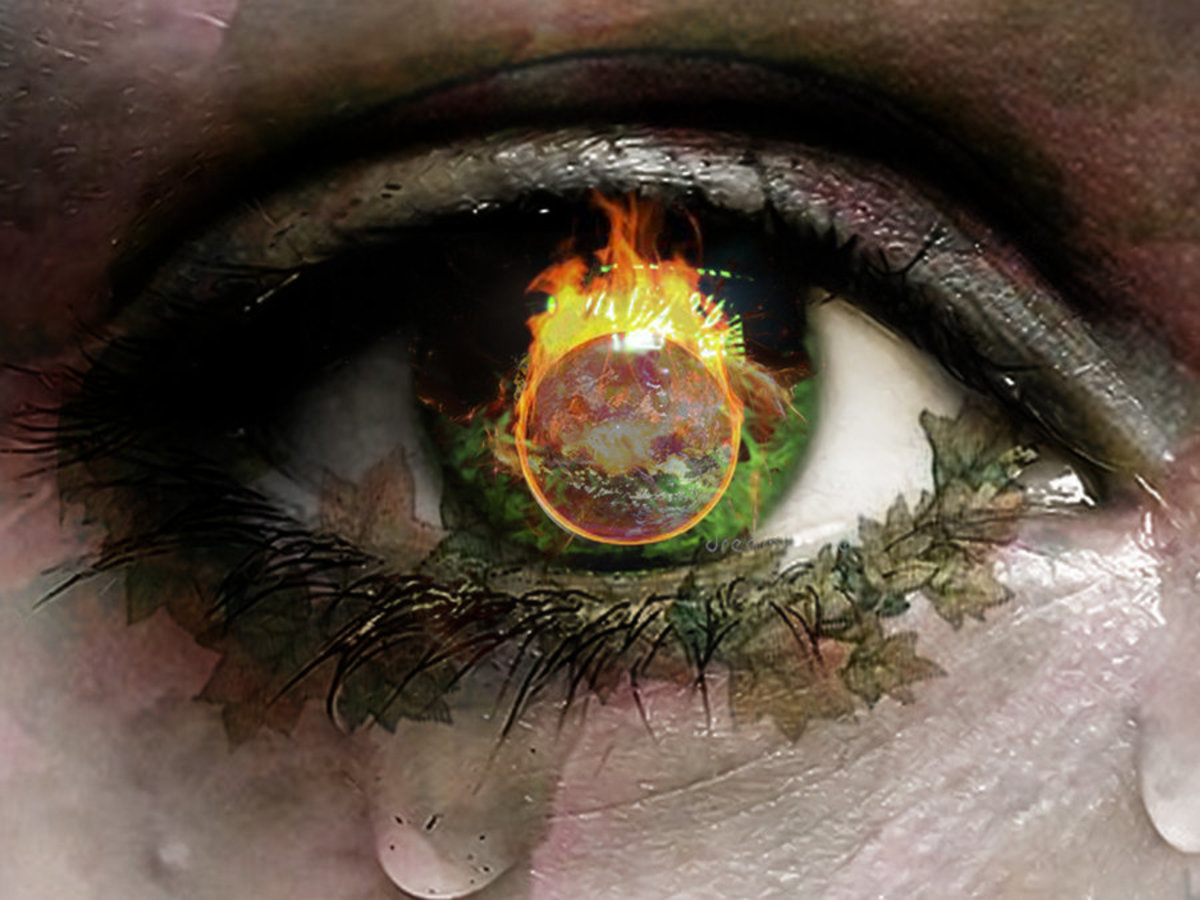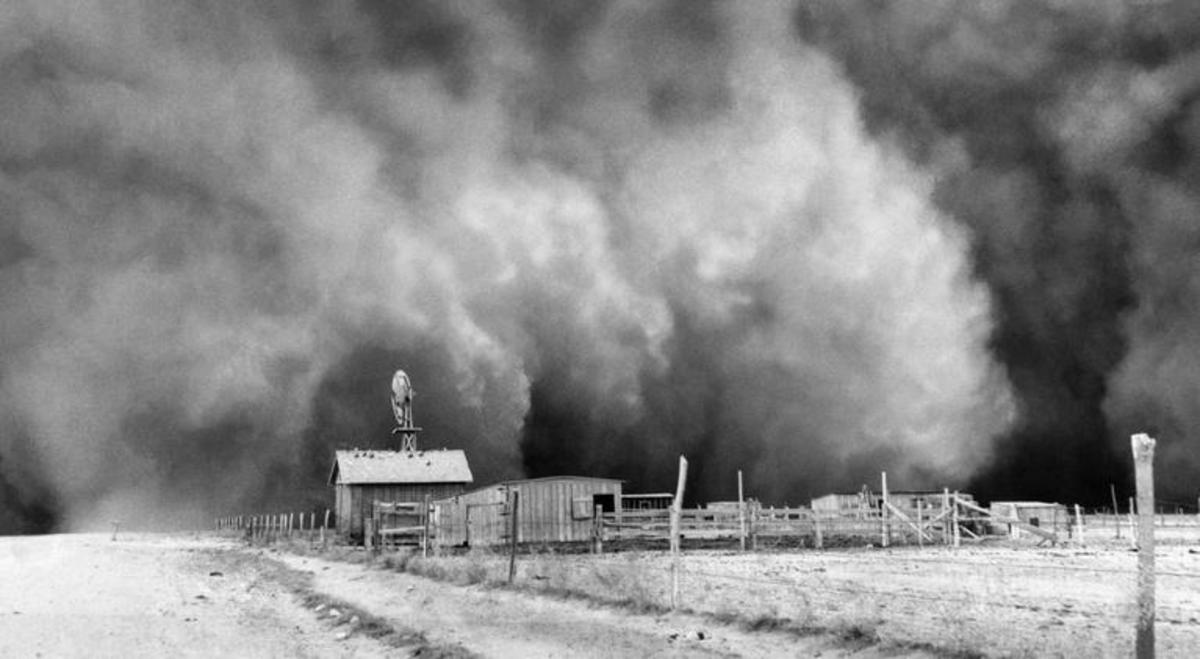What is Integrated Pest Management and Why Do We Need it?
Pest Control, whether we want it or not, is a huge part of our daily lives. Why is that, you ask, when you don't hire an exterminator everyday? Well, pest control is as old as agriculture itself, as there has always been a need to protect and maximise crop yield. The first evidences of chemical pesticide use go as far as 4,500 years old - the Sumerians were the first to use sulfur compound as insecticides. Another documentation of the use of poisonous plants for pest control is found in the Rig Veda, which is around 4,000 years old. In this article you will learn that almost all food and water we consume has been contaminated with pesticides; and how those pesticides affect biodiversity, ecology and health of living organisms.
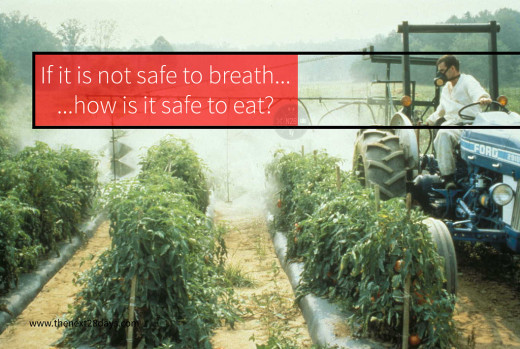
What is Integrated Pest Management?
Integrated Pest Management (IPM) or also known as Integrated Pest Control (IPC) is a practice that puts into use different pest control practices to ensure favourable outcomes for both the environment and the economy.
An integrated program could include biological control, the use of resistant plants, crop rotation, beneficial pests and many others. Even scarecrows can be part of such a practice. This approach can be both simple or sophisticated. Spraying with chemicals is usually frowned upon and the last resort only used after all other techniques have failed. Even if so, it's done responsibly and many newer pesticides used are derived from plants or naturally occurring substances, such as nicotine.
The IPM technique uses knowledge rather than blindly wiping out species via chemicals or baits. An integrated pest manager would have to be educated about the pest's habits, life cycle, needs, dislikes, natural enemies, habitats; he or she would have to monitor its activity and adjust methods of control over time. Keeping the plants healthy in the best growing conditions is also part of the program. All of which makes it quite the intellectual challenge.
Another principle is the emphasis on control, not utter eradication. Leaving some pest populations is crucial, and actually prevents insects to become resistant to insecticides/pesticides; Resistance which on another hand is a fast growing problem in the pest control industry, inflicting damages to the economy, to our environment and health.
Historically and originally this technique was intended for agricultural uses, but it has developed to manage residential or commercial structures, lawn and turf areas and home or community gardens.
Why Do We Need it?
Pesticides aren't harmless. They affect the air, soil, water, plants, animals and humans. Having a huge effect on biodiversity. Even if used responsibly, moderately, on the right pests, in the right places there is always the fact of cross-contamination.
It's a known fact that 98% of sprayed insecticides and 95% of herbicides spread to destinations different than their target species, because they are sprayed across entire fields. Leakage can carry pesticides into water pools, while wind can carry them virtually anywhere, even human settlements, potentially affecting all living organisms.
Other problems emerge from poor production, transport and storage practices. Even though there have been many innovations in chemical pesticides and the amount of application per hectare have declined, overall the global spread of pesticides has increased. Let's break down the impact of commercial pest control in six bullets:

-
-
-
Air Impacts
-
-
Pesticide contribute to air pollution via pesticide drifts, which occur when they are sprayed in the air and carried by wind to other areas, contaminating and threatening wildlife. The levels of pesticides spreading is relative to the humidity and temperatures of the environment. Therefore the amount of inhalable poison often depends on the season.
Chemicals called volitali organic compounds that are given off by pesticides sprayed onto fields to fumigate the soil are responsible of about 6% of total tropospheric ozone levels.
-
-
-
Soil Impacts
-
-
Pesticides contain chemicals which are persistent soil contaminants and whose impact may last for decades, because of resistant degradation. Most chemicals transport from soil to water, and to air and in our food. They have the potential to accumulate in fatty tissue of living organisms, including humans, and are toxic to both humans and wildlife.
The use of pesticides decreases biodiversity in the soil. And where chemicals haven't been used, results are in higher soil quality and higher water retention. The outcome of both is in higher yields through drought years. A few studies even show that some pesticides suppress symbiotic nitrogen fixation resulting in lower crop yields.
-
-
-
Water Impacts
-
-
Pesticides can get via wind during spraying, by runoffs from treated areas or leaching through the soil. Sometimes, through neglect, pesticides may be spilled directly onto water. In some pest control cases, chemicals are even applied directly onto waters, for instance to control mosquitoes. The contamination depends mainly on the type of pesticide, its water solubility and etc. Very fast transport to groundwaters may be a result of heavy rain shortly after application onto the soil.
A study by the US Geological Survey sampled water and found pesticides to pollute every stream and over 90% of wells in the United States. Even in rain and groundwater there is evidence of pesticide residues. Another study, this time by the UK government, showed that in some samples of river water and groundwater, the pesticide levels exceed the allowable for drinking water.
-
-
-
Impacts on Plants
-
-
The result of many insecticides (such as DDT, methyl parathion and etc) results in nitrogen fixation, required for the growth of higher plants, thus reducing crop yields. The world economy spends $10 billion in synthetic nitrogen fertilizer every year.
The consequences of pesticides applied on blooming plants are mutually related, first is the death of honey bees, which act as pollinators. Secondly, it has been estimated by the USDA and USFWS that US farmers lose $200 million a year, at best, from reduced crop pollination because of the death and harm of honeybee colonies.
Pesticides also have direct harmful effects on plants. Such are poor root hair development, shoot yellowing and reduced plant growth. Not to forget that pesticides in plants are persistent and pose a hazard to human or animal health as well.
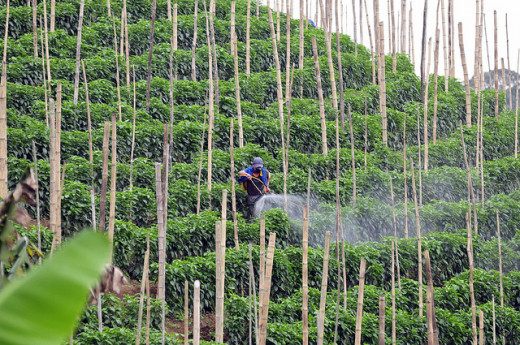
-
Impact on Animals
-
The impact of pesticides on animals is harmful in many ways, leading some countries to regulate pesticide usage.
The most direct influence is that of food contaminated or that has residues of pesticides, which are harmful to both humans and animals. The contamination of water sources, as we established, is an additional hazard. Another risk factor is wild animals entering sprayed fields or being nearby shortly after spraying.
However, there are also indirect effects of chemicals, such as the elimination of animals' essential food sources, causing them to either relocate, change their diet or starve. Residues can also travel up the food chain. For example, earthworms are a big component of soil (>80%) and very important part of the ecosystem, they digest organic matter and increase nutrient content of soil, while protecting human health by ingesting decomposing litter. Pesticides have harmful impact on their growth and reproduction system, nonetheless it's equally harmful for the birds that afterwards eat those worms.
Some pesticides are especially destructive for species high on the food chain, they will bioaccumulate, hence, build up to toxic levels in organisms that consume for a period of time.
Next we will examine the most affected species by chemical use.
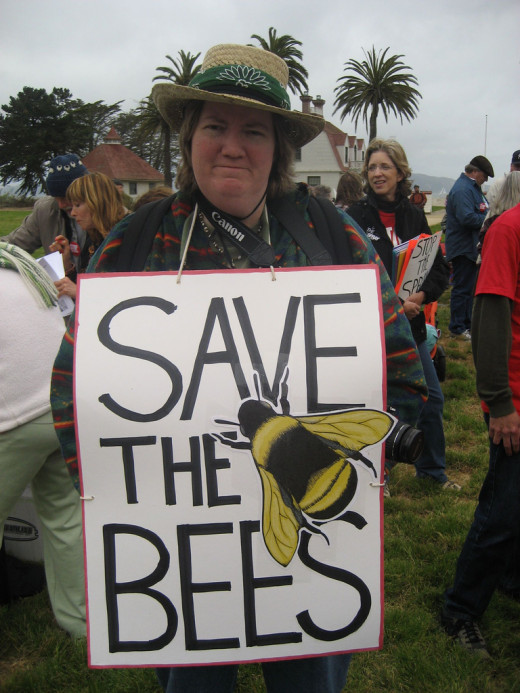
Impact on Aquatic Life: Most pesticides are toxic to water organisms. Some of the direct hazards include - pesticide surface runoffs into river or streams, which usually result in the death of all aquatic life in the particular stream; application of herbicides to water plants that can cause suffocation of fish, because decaying plants consume all of the water's oxygen; other herbicides applied directly to water surfaces, such as copper sulfite, are completely toxic to fish and other aquatic life. Repeated exposure to some pesticides cause physiological and behavioural changes, for instance abandonment of nests, decreased immunity to disease and decreased predator avoidance, all of which result in reduced populations.
Indirect hazards may be result of herbicide use, killing water plants on which fish depend on; or the accumulation of pesticides in water pools to levels which destroy zoo-plankton, the main source of food for young fishes. Chemicals also kill off insects, which are substantial in diets of some fish, causing them to migrate and face greater risks of predators. Other aquatic animals that are affected are crocodiles, many turtle species and some lizards experience lack of sex-distinct chromosomes, embryonic exposure in turtles to various chemicals causes a gender reversal; development of many disorders such as decreased hatching success, feminization, skin lesions and other abnormalities have been reported across the US and Canada.
Impact on Amphibians: Great decline of amphibian species has been noticed worldwide and is largely attributed to pollution due to pesticide use. The effects of chemicals are many, some consist of decreasing tadpoles ability to catch prey and avoid predators; habitats close to fields that are sprayed with commonly used herbicides and insecticides kills tadpoles and causes behavioural and growth abnormalities.
Other hazardous effects are turning male frogs into hermaphrodites, decreasing their ability to reproduce (result of herbicide atrazine); developmental deformities like extra limbs or malformed eyes; alterations in the central nervous system.
Impact on Birds: The first concern about pesticide use was brought up in the year 1962 when a woman named Rachel Carson published her book “Silent Spring”, examining the sudden dying out of birds due to unmethodical spraying with chemicals. And for a reason - the US Fish and Wildlife Service has estimated that the death of 72 million birds is attributed by pesticide use each year. Bald eagles are another example of non-target species that are negatively affected. Between 1979 and 1999 populations of ten different species of birds declined by 10 million in the farmlands of the United Kingdom. Allegedly by the deadly impact of pesticides on their food sources. Throughout Europe, 116 bird species have been threatened as of 1999.
The use of DDT in particular induces eggshell thinning, skeletal abnormalities and impaired reproductive and nervous systems.

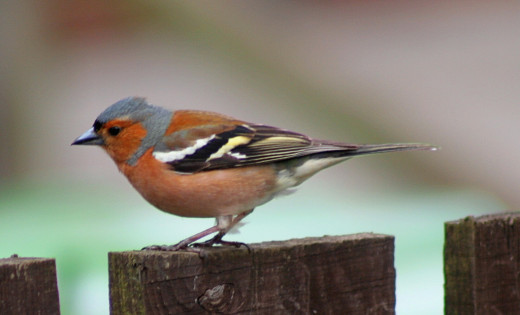
-
-
-
Impacts on Humans
-
-
Pesticides can enter the human body through inhalation, dust and vapour; orally when consuming food and water (as we examined earlier that groundwater, which ends up in drinking water; and agricultural soil, which ends up in food are usually contaminated with pesticides); and through skin exposure.
Exposure effect vary in relation to the type of chemical and the amount of it in the human body. Mild irritations to birth defects, tumours, genetic changes, endocrine disruption, blood and nerve disorders, coma or death – these are just some of the consequences.
Insecticides targeting insects have harmful effects on mammalian nervous systems, while both chronic and acute alterations have been observed on exposees. The chemical DDT disturbs estrogen activity and is believed to cause breast cancer. Pesticide exposure has even greater toxicity on children, as recent increases in childhood cancers, such as leukaemia, throughout the US may be a result of somatic cell mutations, linked to pesticide use.
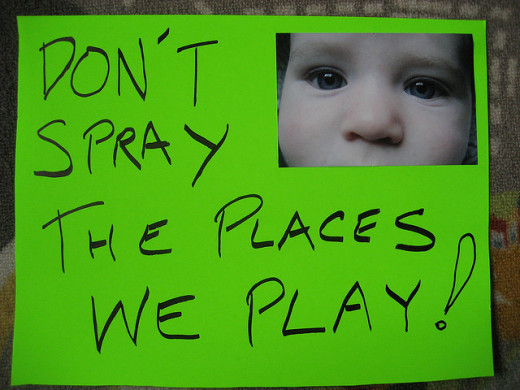
Conclusion
Integrated Pest Management is not the perfect solution, but it is better than the mainstream pest control manner adopted by most commercial companies worldwide. It's a step towards a more sustainable, responsible and environmentally conscious society. It would be counter-intuitive for us to continue this self-destructive way of dealing with pests, harming ourselves and our environment on which we strongly depend. And while positively, many pest control companies strive to change their ways, knowledge about these issues in the industry are still highly overlooked and the results continue to be devastating. We as a community can change that through educating, raising awareness and requesting more Eco-friendly services.

